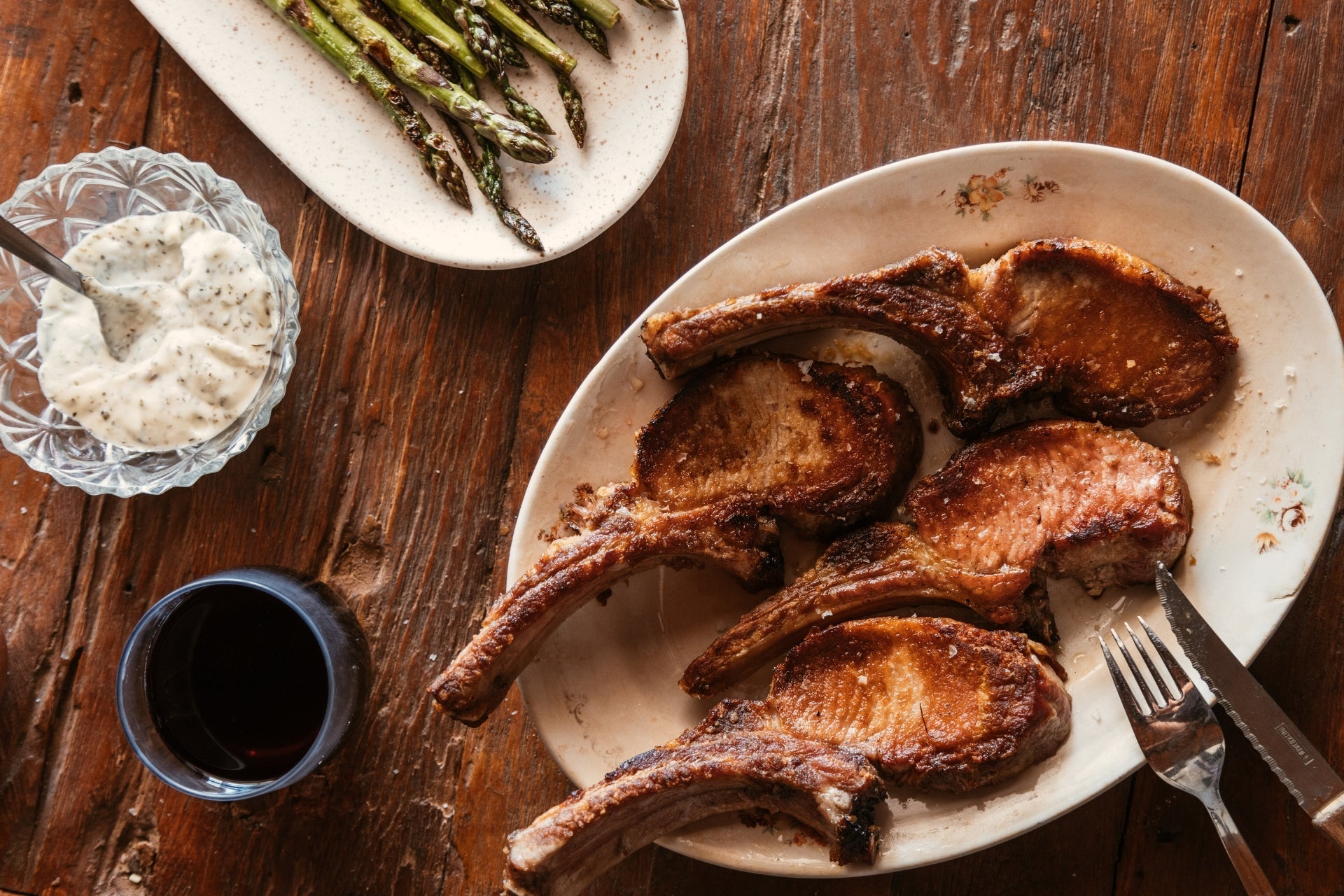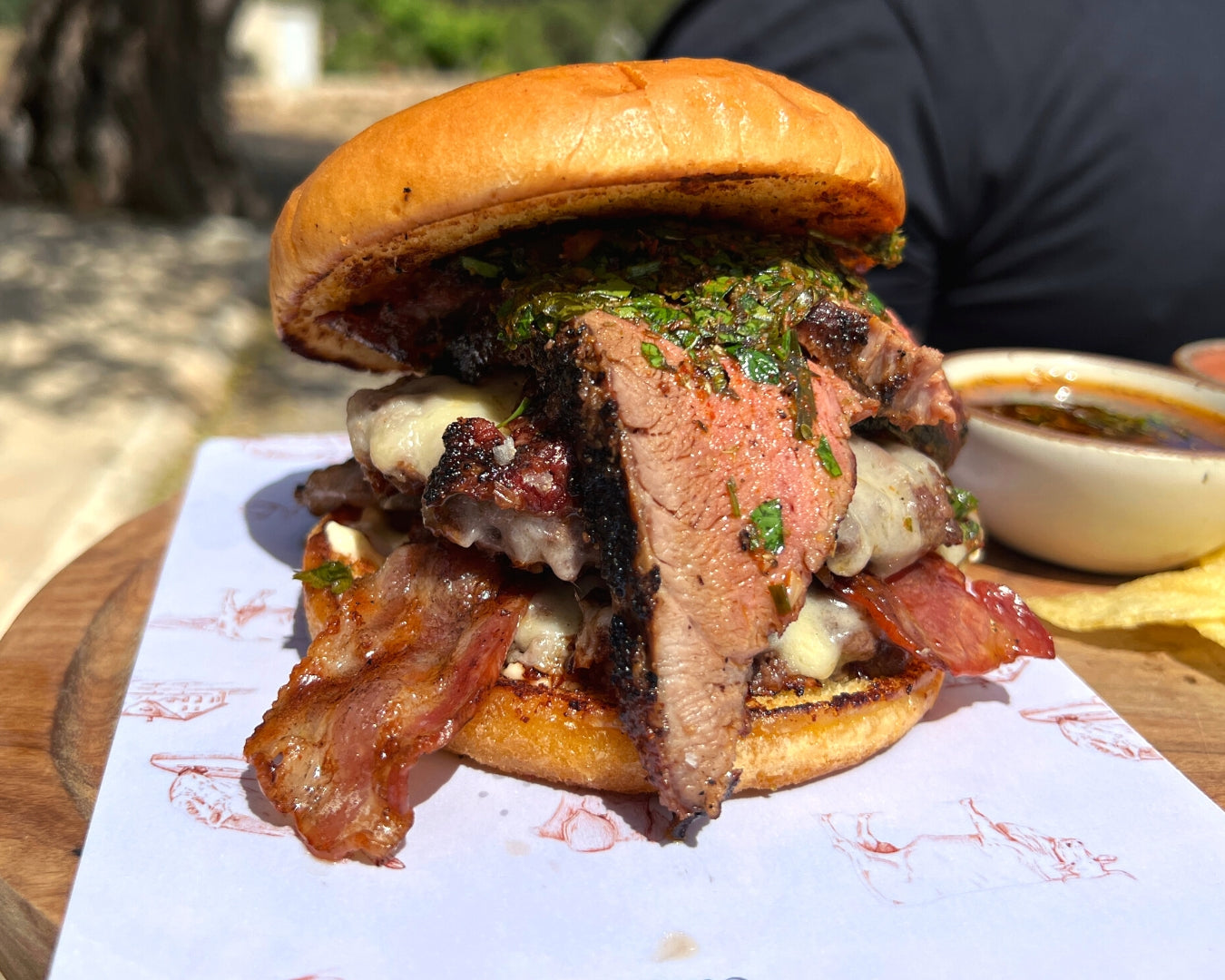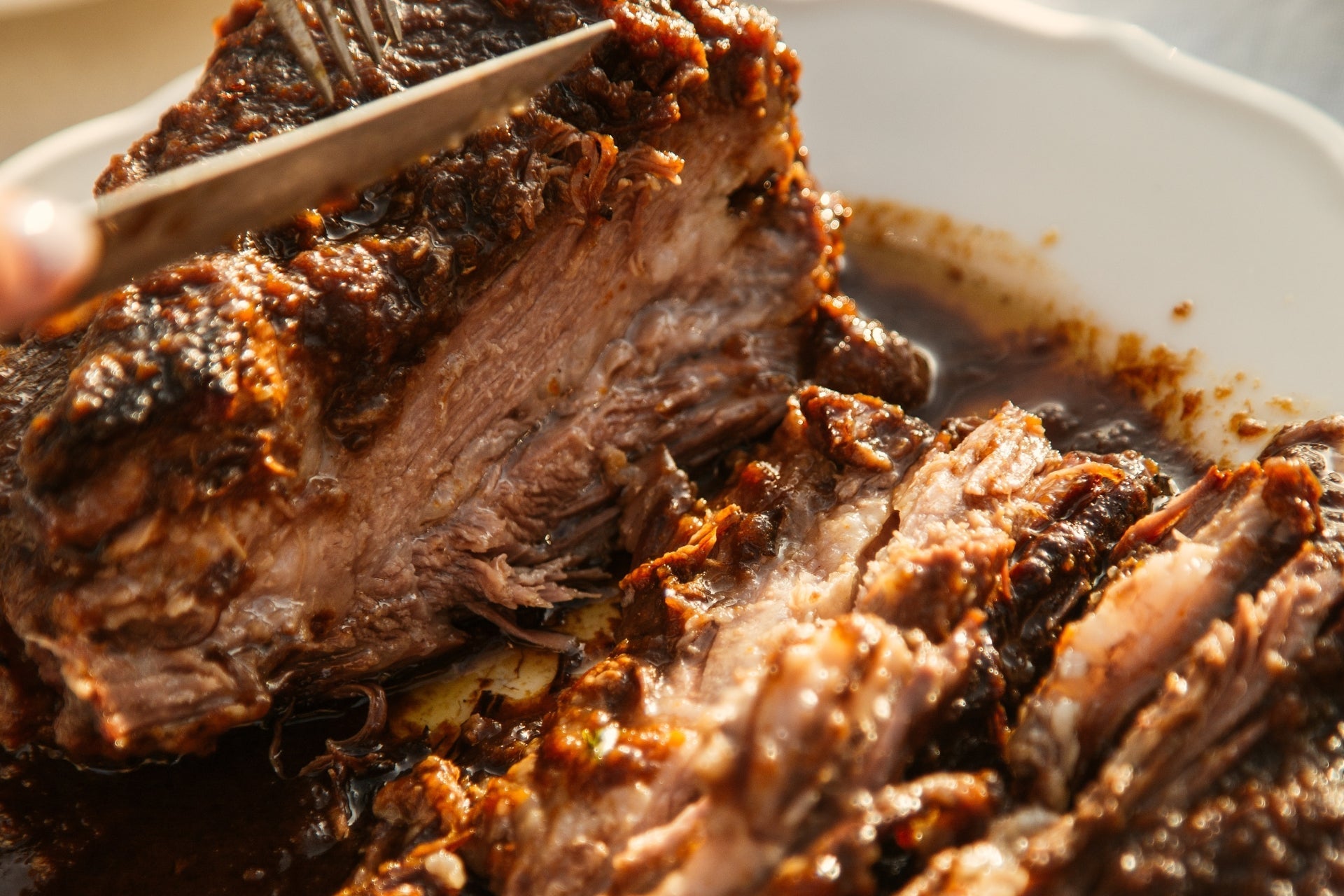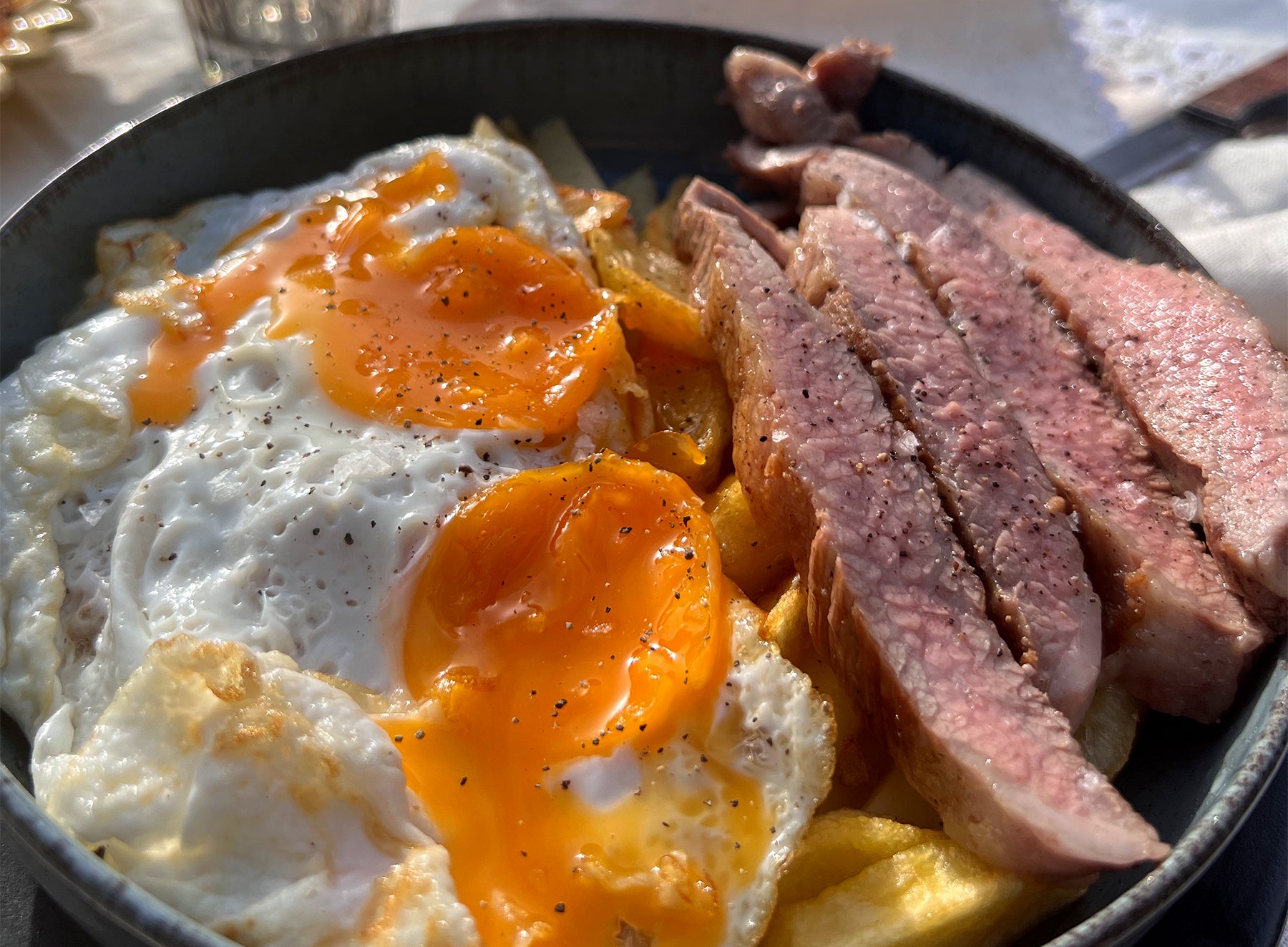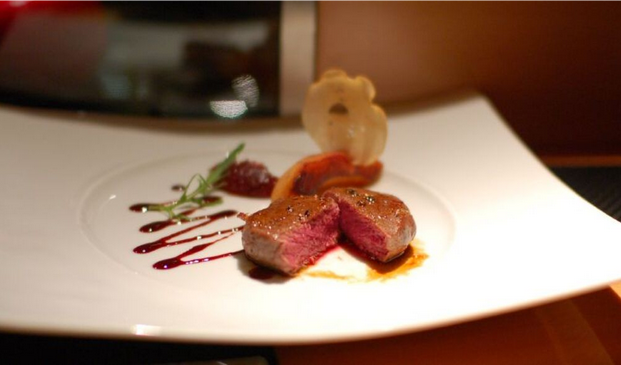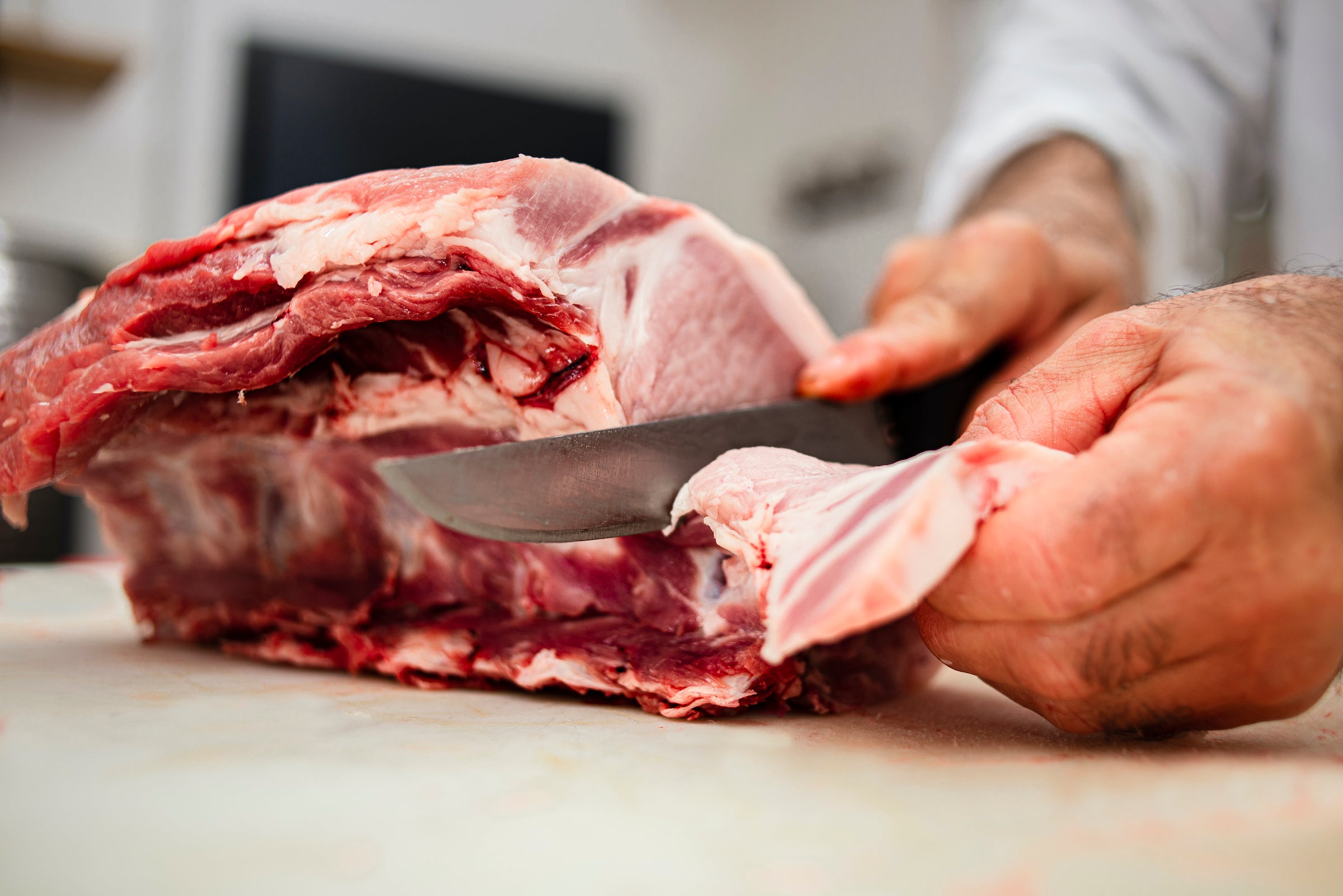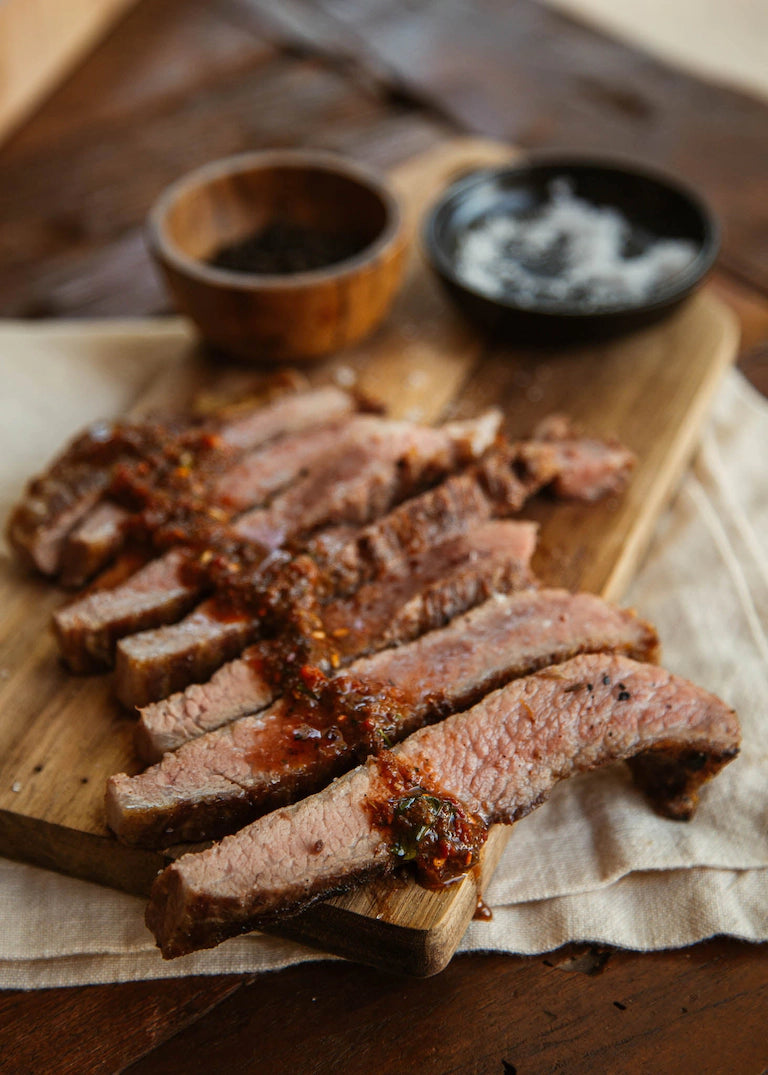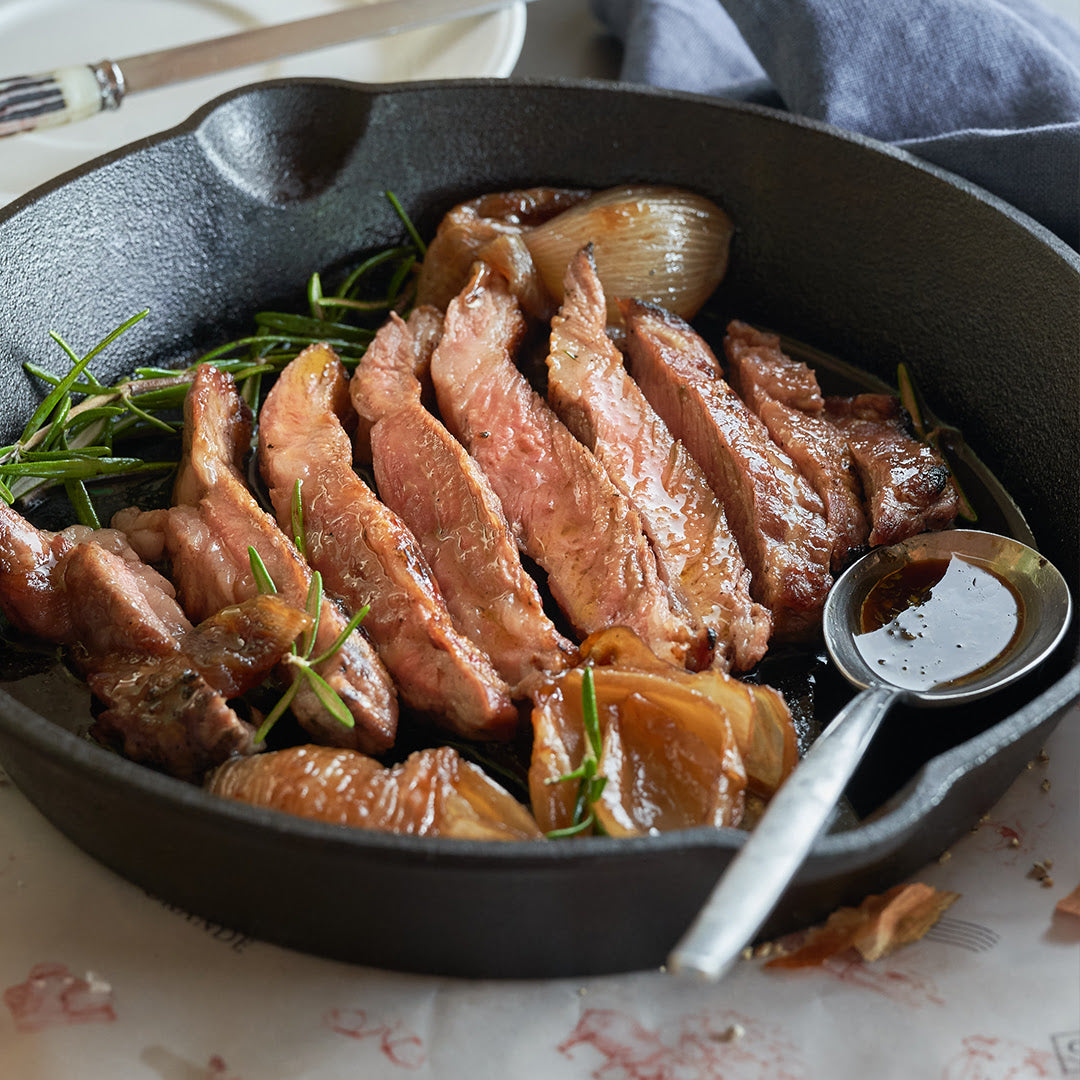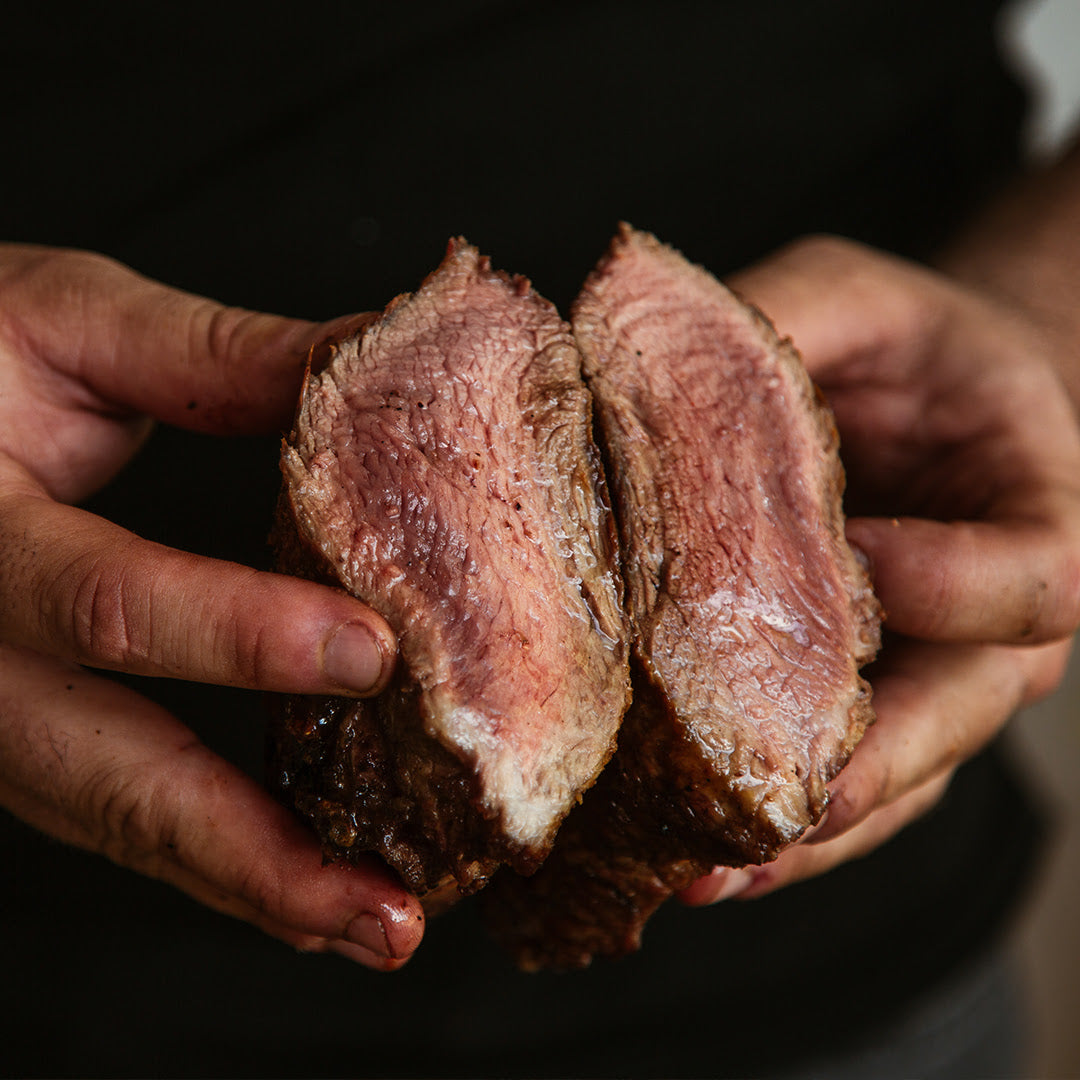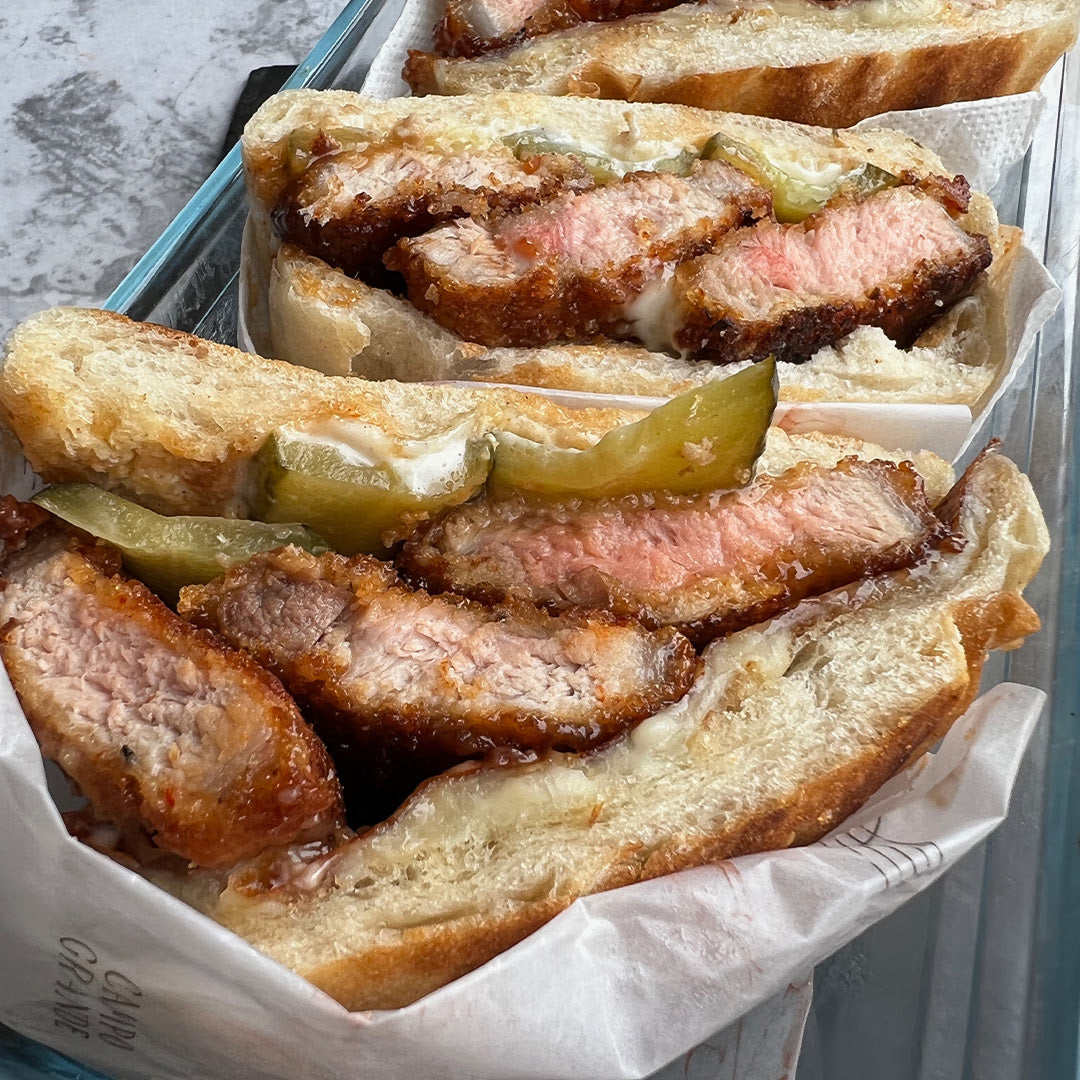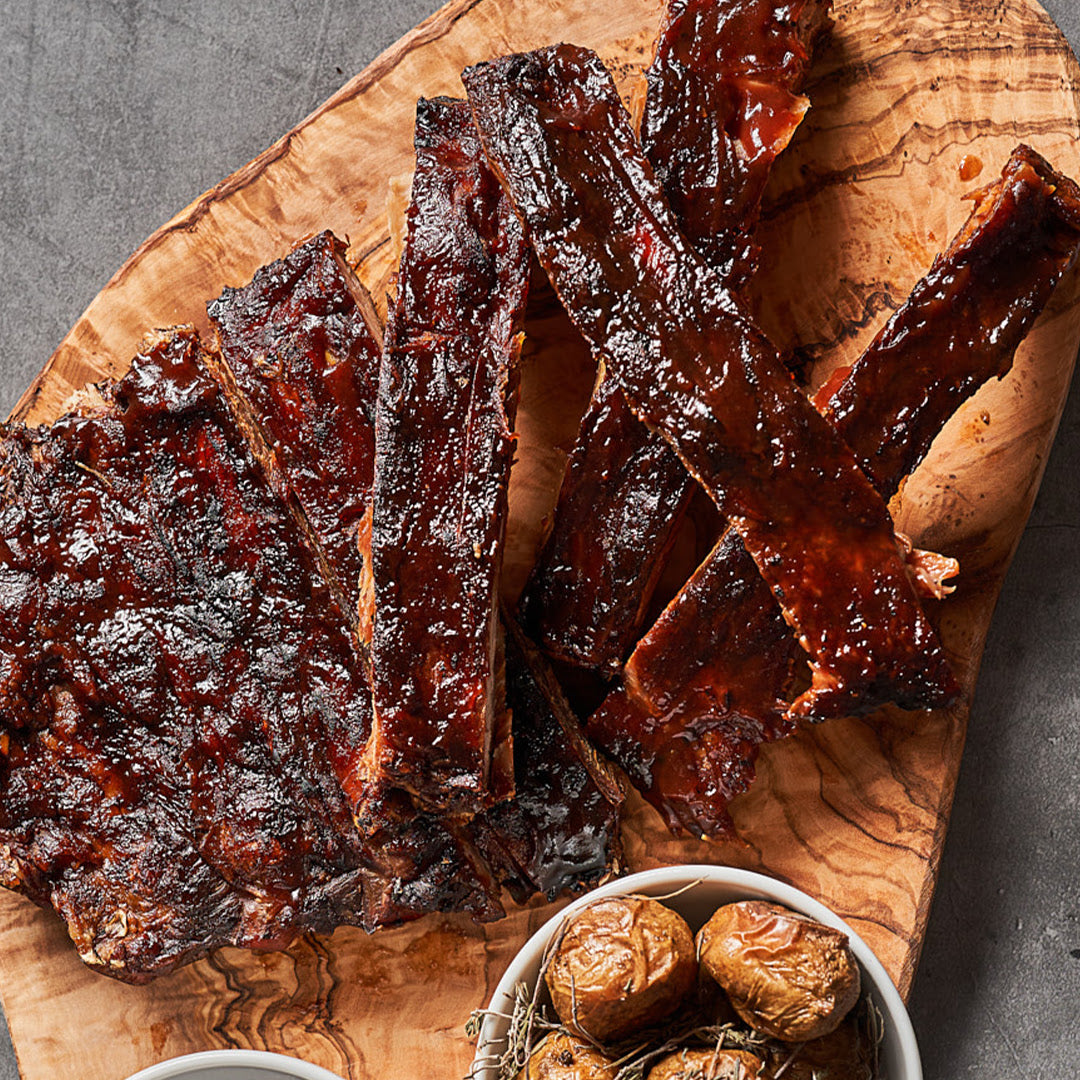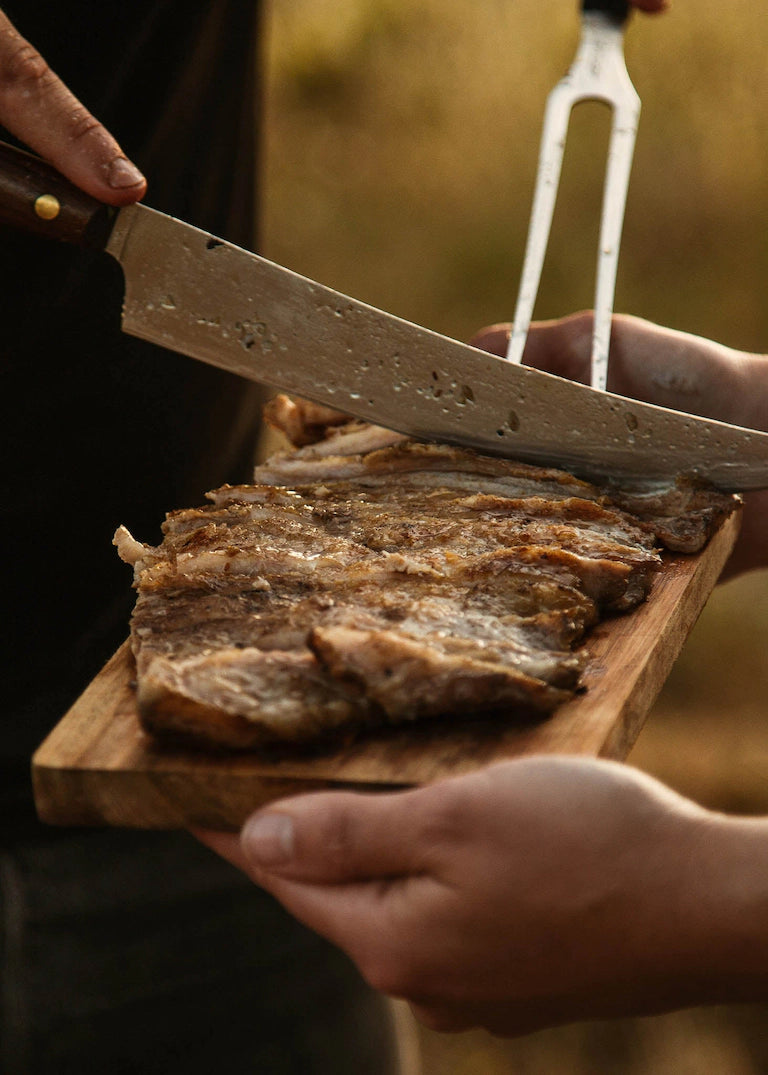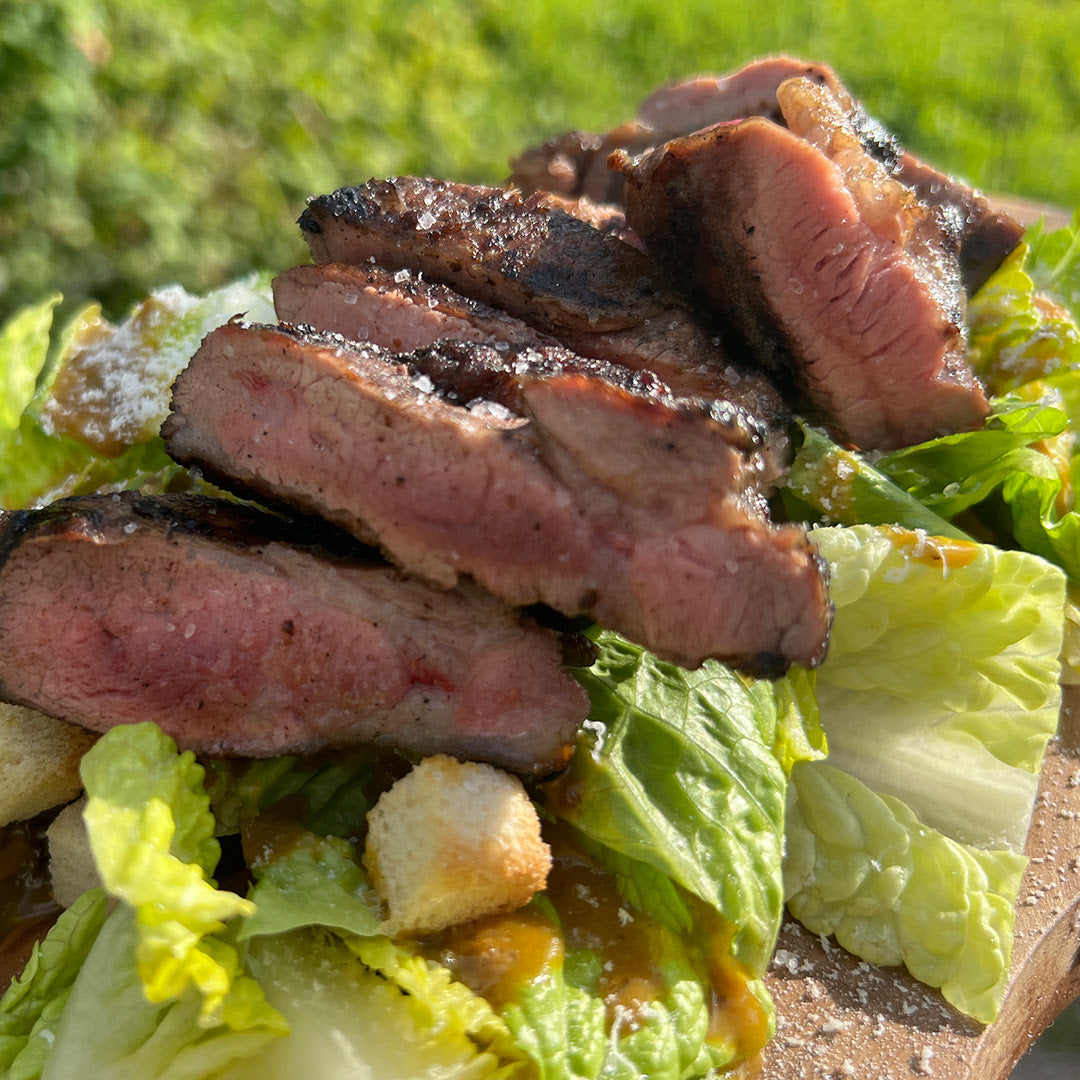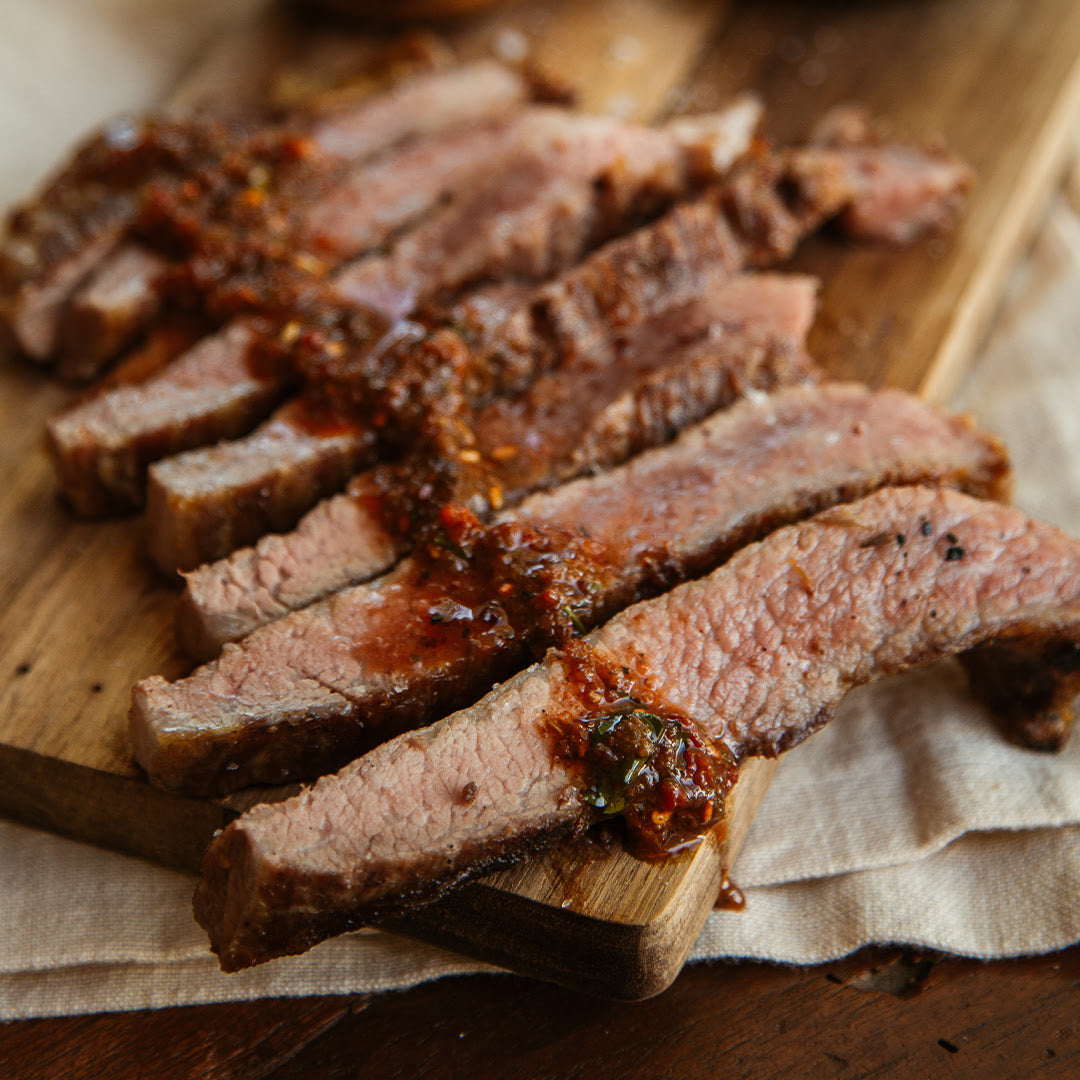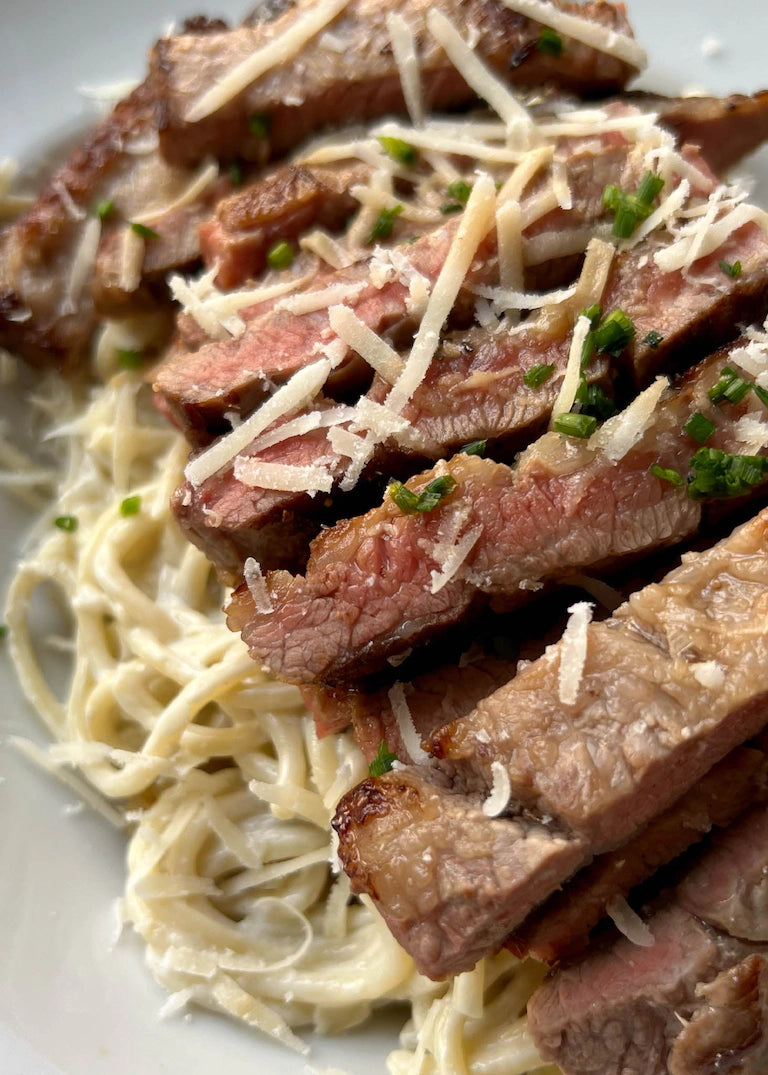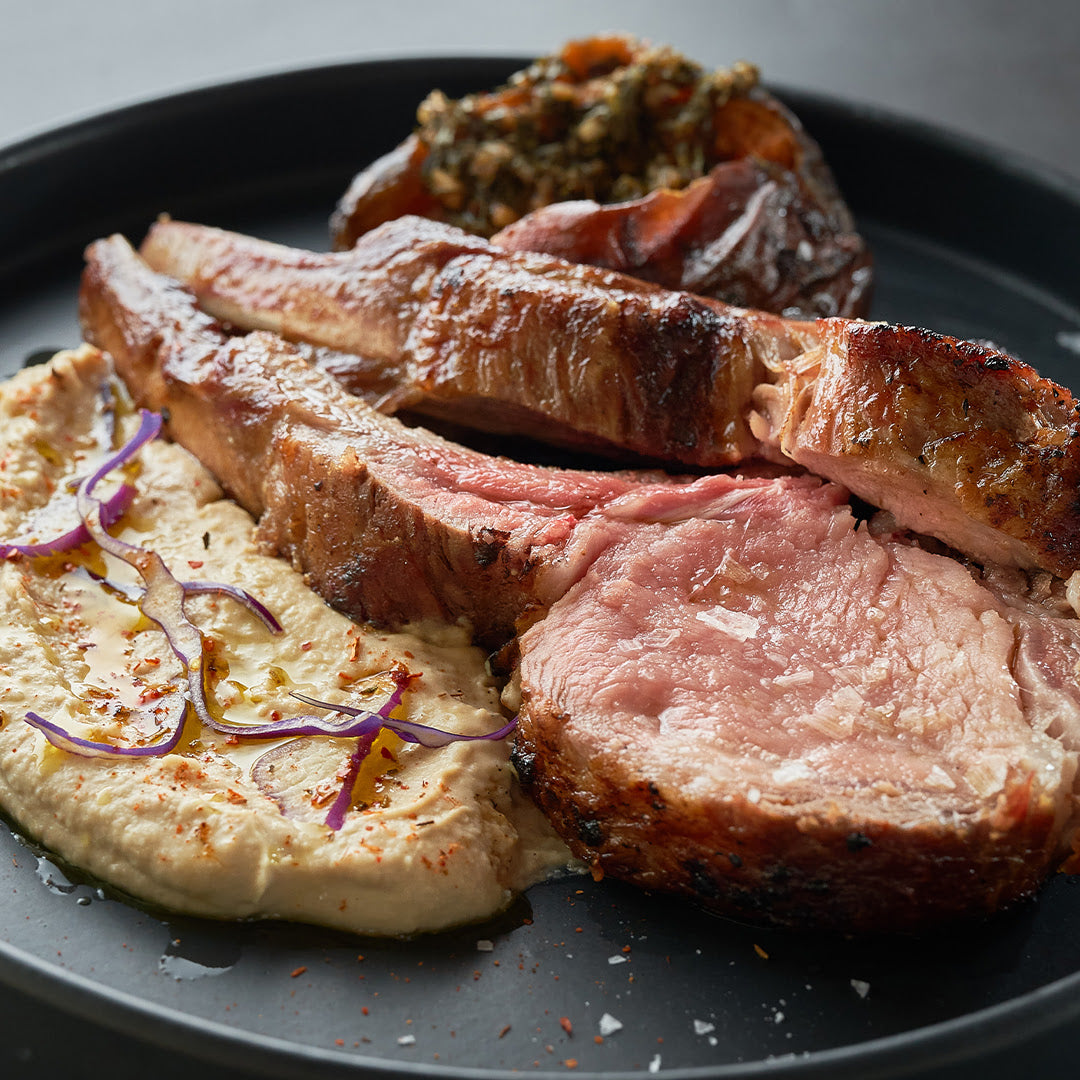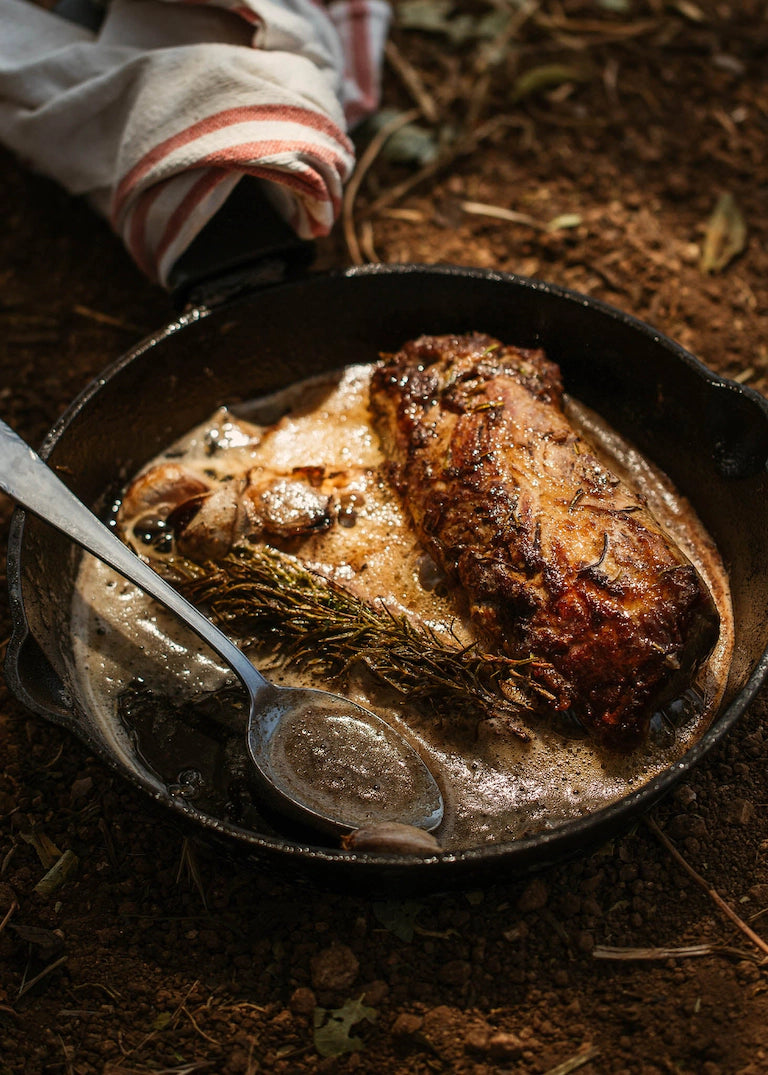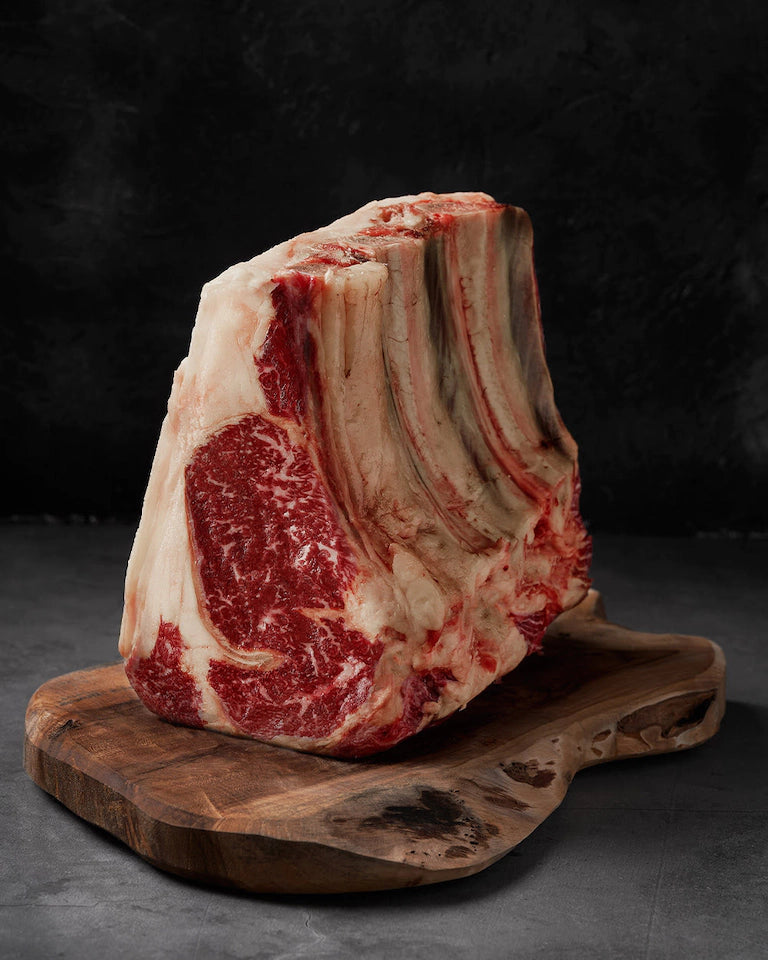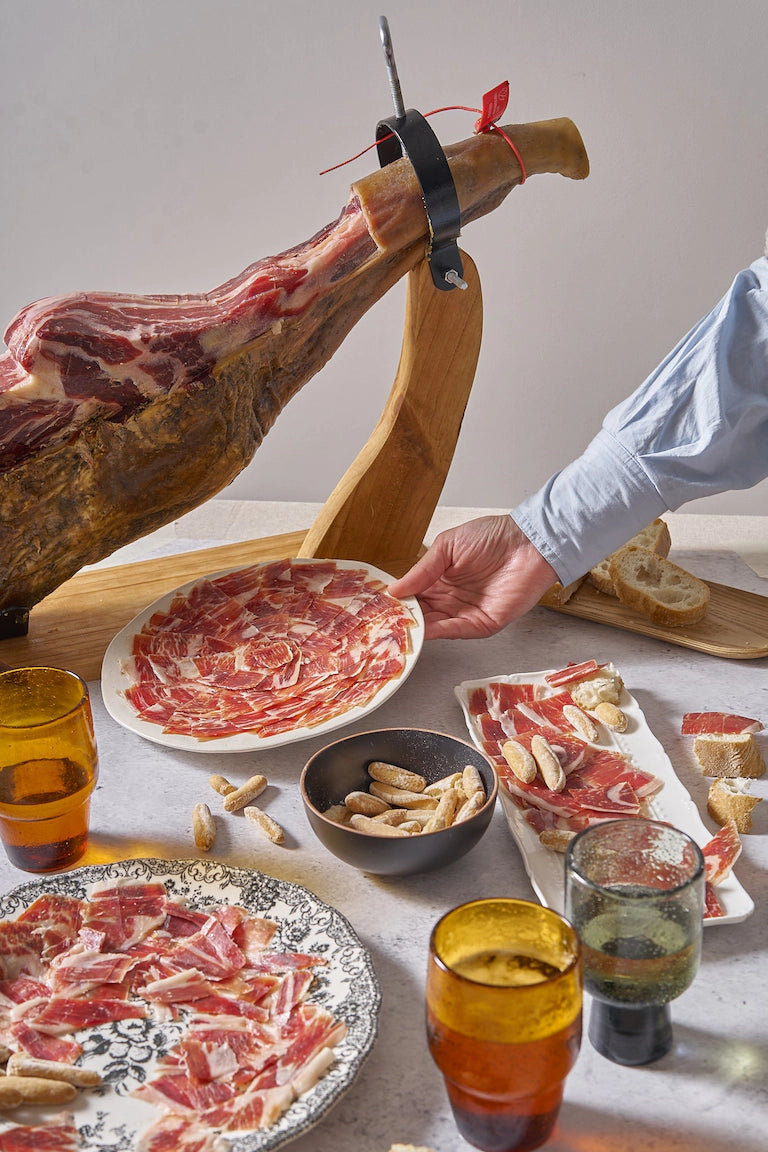
There are many regions in Spain worth visiting, especially on the northern coast of the country. However, Asturias is by far one of the most popular places for sightseeing. This is not only because of its paradisiacal destinations with mountains, beaches and charming villages; but also because of its gastronomic quality. Even if Asturias were not beautiful, many would still go there just to try a traditional Asturian meal.
Being in a privileged position, the coasts of the Cantabrian Sea provide Asturians with a large amount of seafood to incorporate into their menu. However, thanks to the Cantabrian mountain range, Asturias also has wide valleys in which to raise livestock and grow different fruits and vegetables. For this reason, Asturian gastronomy is very diverse.
In this case, we will talk about one of the most famous recipes: Asturian fabada. Considered the most famous traditional preparation in the region, this recipe is quite old and to understand how it became what it is today, we need to travel back in time to the 16th century.
A bean stew for the winter
The true origin of fabada is almost impossible to decipher, since in those years there was no written tradition in the region. The customs were passed on to the next generation orally and that makes it very difficult to know exactly when the Asturian fabada began to be consumed.
What can be determined is that it could only have started in or after the 16th century, since it is at this time that beans arrived in Spain from America. Despite not being its original territory, the plant found in Asturias an exceptional place for its development and so, slowly, faba beans began to form part of the diet of Asturians.
Between the end of the 1700s and the beginning of the 1800s, the first records of faba beans are obtained, but not of the Asturian faba bean as a dish. For that reason, it is not until 1884 that the beginning of fabada as an Asturian recipe is really marked, since it is the first year in which an advertisement of the traditional meal is found.
It could be said then that Asturian fabada, as we know it today, began to be elaborated in the 18th century, but was consolidated by the 19th century.
A dish of nobility
Although many traditional recipes have started in the most humble sectors of each region of the country, it is said that the Asturian fabada must have started in the city. This is due to the amount of meat in the recipe, which was not traditionally consumed by poor families. In addition to beans, fabada contains blood sausage, pork, chorizo and any other additional ingredients that come from the slaughter of the pig. This, called compango, is what gives it that light smoky flavor that enchants.
Because of this, the amount of fat and high caloric value offered by the recipe, families consumed the dish as lunch in order to keep themselves composed during the cold winter days.
Although it is assumed that the lower class sectors did not consume the Asturian fabada as it is now known, it is possible that they did eat a fabada with less meat or only with beans and spices. As the years went by, this dish began to be part of every house in Asturias, without distinction of social classes.
How is fabada prepared?
If you want to make an Asturian fabada at home you only need the ingredients and a lot of patience, as this is a dish that requires several hours to prepare.
Ingredients:
- 500 grams of fabes
- 250 grams of Asturian bacon
- 2 Asturian chorizos
- 2 Asturian black pudding
- 200 grams of ham bone
- 3 saffron threads
- Salt
- Water
Preparation:
- Before you start, check the beans and get rid of any that are damaged. The good ones should be left soaking overnight. Also, soak the bacon and bone overnight.
- Drain the beans and add them to the pot. Cover with water and stir, heating over high heat until it boils.
- As soon as it starts to boil, add the bacon, the chorizos, the bone and the black pudding. These last ones should be pricked so that they do not burst.
- Check the preparation regularly, keeping the blood sausages and chorizos on top. This will prevent them from breaking.
- Remove the foam for a few minutes, as this will eliminate impurities and remove excess oil.
- After half an hour cooking over high heat, add the diluted saffron.
- Lower the cooking temperature and add the salt. Let everything cook over low heat for about two hours, stirring occasionally and carefully.
- Twice, add cold water to break the boil and allow everything to cook perfectly.
- If the beans are tender, remove them from the heat. Remove the meats and chop them to your liking, reserving.
- Serve with the beans underneath and the meat on top, and it's ready!
Now, in addition to tasting a delicious dish of fabada asturiana, you will know the interesting story behind the recipe.
